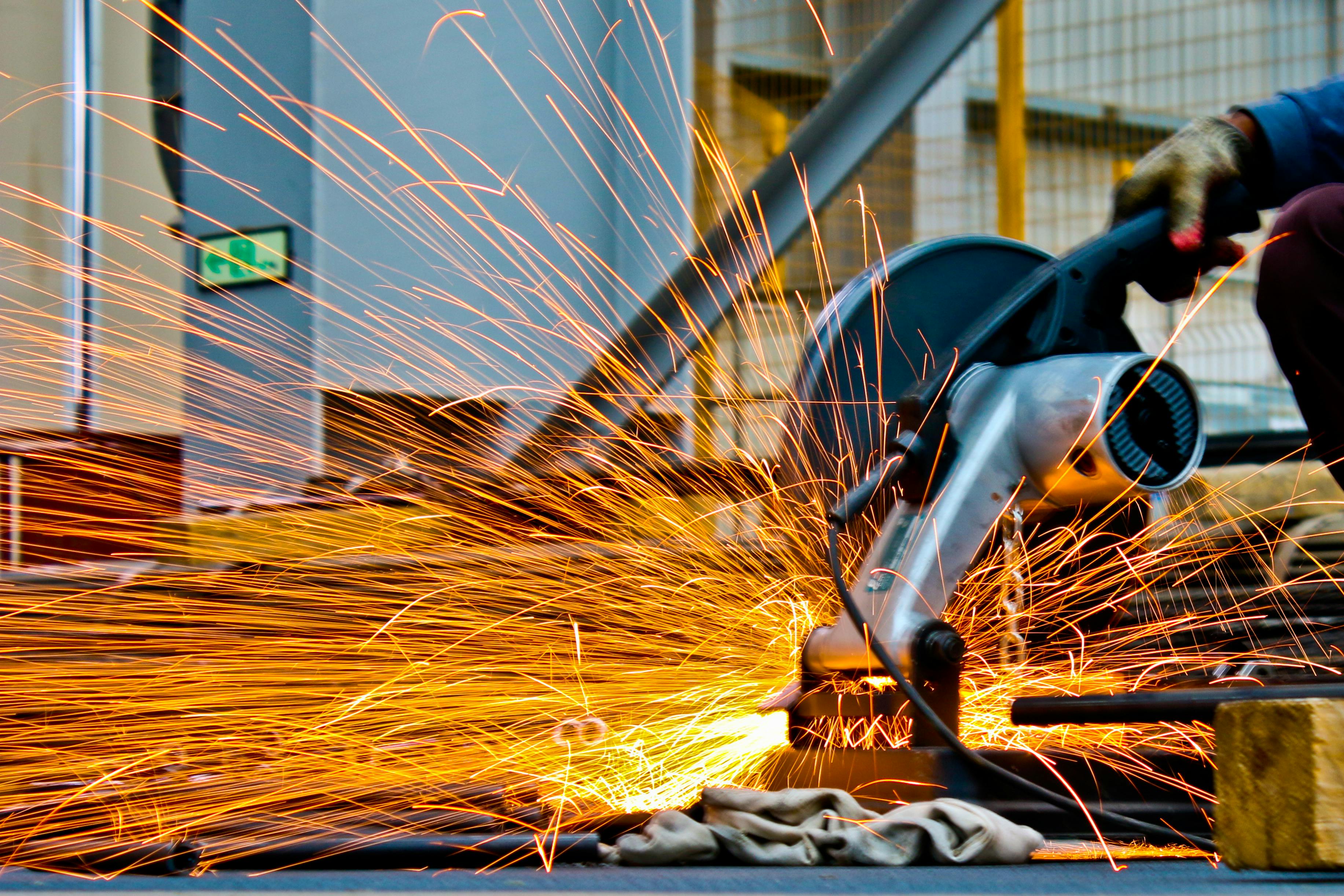Welding Machines: A Guide to Modern Equipment
Welding machines have become an essential tool in various industries, from construction to manufacturing. These devices use heat to join metal pieces, creating strong and durable connections. As technology advances, modern welding equipment offers improved efficiency, precision, and safety features. This guide explores the world of contemporary welding machines, their types, key features, and benefits, providing valuable insights for both professionals and hobbyists.

Why Welding Machines Matter Today
Welding machines play a crucial role in modern industry and construction. They enable the creation of strong, permanent joints between metal components, which is essential for building everything from skyscrapers to automobiles. Today’s welding machines offer increased precision, efficiency, and versatility compared to their predecessors. This advancement has led to improved product quality, reduced production times, and enhanced safety for operators. Additionally, the growing demand for skilled welders in various sectors underscores the importance of understanding and utilizing modern welding equipment.
Main Types of Welding Machines
The welding industry offers several types of machines, each suited for specific applications:
-
MIG (Metal Inert Gas) Welders: These machines use a wire feeding system and shielding gas to create clean, efficient welds. They are versatile and popular in both industrial and hobbyist settings.
-
TIG (Tungsten Inert Gas) Welders: Known for producing high-quality, precise welds, TIG welders are often used for delicate work on thinner materials or when aesthetics are important.
-
Stick Welders: Also known as arc welders, these machines are robust and suitable for outdoor use. They can handle dirty or rusty materials but require more skill to operate effectively.
-
Flux-Core Arc Welders: Similar to MIG welders, but they use a special tubular wire filled with flux, eliminating the need for external shielding gas. They are ideal for outdoor welding in windy conditions.
-
Plasma Cutters: While not strictly welding machines, these devices are often included in welding equipment discussions. They use ionized gas to cut through metal with high precision.
Key Features to Look For in Modern Welding Equipment
When selecting a welding machine, several features can enhance performance and usability:
-
Multi-Process Capability: Some modern machines can perform multiple welding types, offering versatility for various projects.
-
Inverter Technology: This feature provides more efficient power usage, resulting in lighter and more portable machines.
-
Digital Controls: Advanced welding machines often include digital interfaces for precise control and easy adjustment of welding parameters.
-
Synergic Settings: These preset welding parameters optimize the machine’s performance for specific materials and thicknesses.
-
Duty Cycle: This rating indicates how long a machine can operate continuously before needing to cool down. Higher duty cycles are beneficial for intensive work.
-
Safety Features: Look for machines with thermal overload protection, anti-stick functions for stick welding, and proper insulation.
Benefits of Using Modern Welding Equipment
Adopting contemporary welding machines offers numerous advantages:
-
Improved Weld Quality: Advanced technology allows for more precise control over the welding process, resulting in stronger and more consistent welds.
-
Increased Efficiency: Modern machines often have faster welding speeds and reduced setup times, boosting overall productivity.
-
Enhanced Safety: New safety features and improved designs reduce the risk of accidents and long-term health issues associated with welding.
-
Energy Efficiency: Many modern welders use inverter technology, which consumes less power and can lead to significant energy savings over time.
-
Versatility: Multi-process machines allow welders to tackle a wider range of projects without needing multiple specialized tools.
-
User-Friendly Interfaces: Digital controls and preset options make it easier for both novices and experienced welders to achieve optimal results.
Tips Before Making a Purchase
Before investing in a welding machine, consider these factors:
-
Assess Your Needs: Determine the types of materials and thicknesses you’ll be working with most frequently.
-
Power Requirements: Ensure your workspace can accommodate the electrical needs of the welding machine.
-
Portability: If you need to move the welder frequently, consider the weight and size of the unit.
-
Budget: While higher-end machines offer more features, there are quality options available at various price points.
-
Brand Reputation: Research manufacturers known for reliability and good customer support.
-
Training and Support: Some brands offer training resources or local support, which can be valuable for new users.
-
Warranty and Service: Check the warranty terms and availability of replacement parts or servicing options.
Modern welding machines have revolutionized the field, offering improved performance, safety, and versatility. By understanding the types of welders available, their key features, and the benefits they provide, individuals and businesses can make informed decisions when selecting welding equipment. Whether for professional use or hobby projects, investing in a quality welding machine can significantly enhance the efficiency and quality of metal fabrication work.




